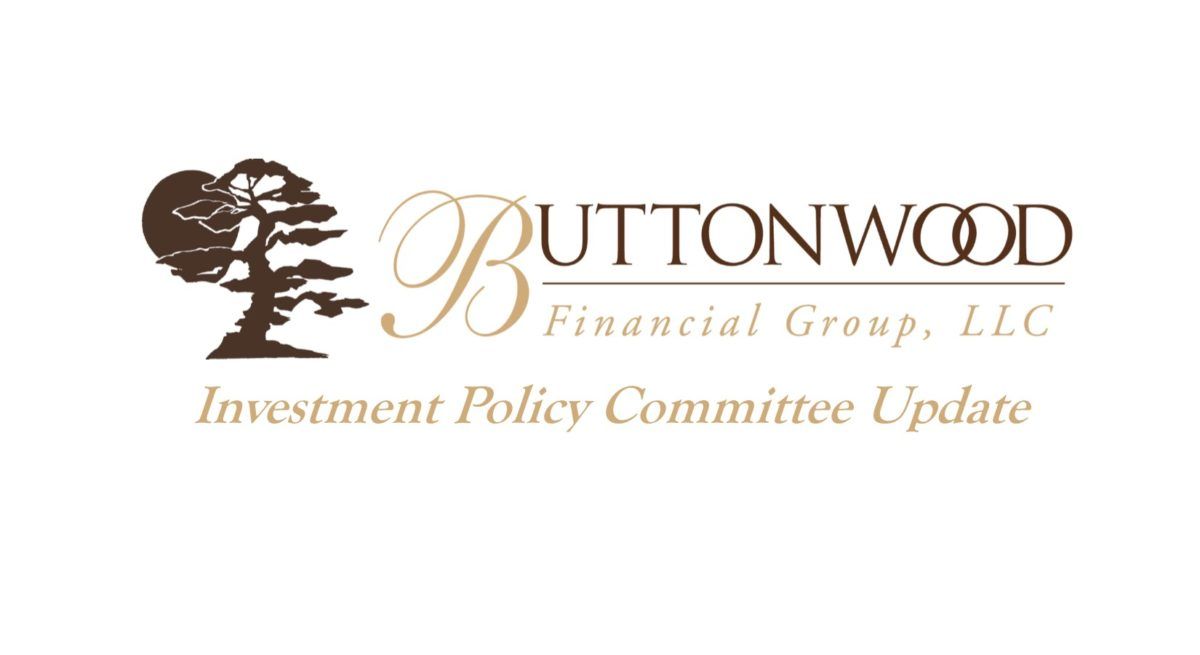Your Decade-by-Decade Guide to Retirement Planning
Starting in Your 40s
Retirement Isn’t a Date. It’s a Strategy.
When most people hear “retirement planning,” they think of a milestone that begins in their 60s. In reality, retirement involves decades of thoughtful decisions layered and adjusted over time.
Starting in your 40s, each decade presents new opportunities to take control of your financial future. The earlier you begin planning, the more confident you’ll feel making the transition into retirement—and the more likely you’ll achieve the lifestyle you envision.
Here’s what effective retirement planning looks like at each stage.
In Your 40s - Build the Foundation
Your 40s are often the prime of your earning years, making it an ideal time to build momentum and take meaningful steps toward long-term goals.
What to focus on:
Maximize Retirement Contributions: Contribute consistently to your 401(k), IRA, or other retirement vehicles. If you’re self-employed, you might explore a SEP IRA or Solo 401(k) to boost contributions.
Start Long-Term Tax Planning: Review how current savings strategies could affect future tax exposure. Roth contributions may be worth considering based on your income and future outlook.
Review Your Risk Coverage: Evaluate life, disability, and umbrella insurance to protect your income and lifestyle.
Begin Estate Planning Basics: Ensure you have essential documents in place—wills, healthcare directives, and power of attorney.
Start Visualizing Retirement: While it may feel far away, it’s helpful to begin defining what retirement looks like for you. Do you want to travel? Start a new venture? Spend more time with family? Your vision will guide your planning.
In Your 50s - Refine and Prepare
The 50s are often a transitional decade—college costs may be winding down, and retirement feels more real. Now is the time to stress-test your plan.
What to focus on:
Run a Retirement Readiness Analysis: Understand where you stand. Project future income needs, anticipated expenses, and how your savings align with your goals.
Evaluate Catch-Up Contributions: Take advantage of higher contribution limits for retirement accounts after age 50. Ensure you understand the rules and limitations associated with these contributions.
Review Investment Allocation: As retirement nears, assess whether your portfolio reflects your risk tolerance and time horizon.
Explore Income Planning Strategies: Think beyond Social Security—explore other potential income sources such as rental property, pensions, or part-time consulting.
Plan for Healthcare Costs: Start estimating what healthcare might cost in retirement and whether supplemental insurance will be needed.
Refine Estate and Legacy Plans: If you have children or aging parents, review your estate plan to ensure it reflects your wishes and supports the people you care about.
In Your 60s - Strategize and Transition
This is the decade where planning turns into action. Timing matters—so does execution.
What to focus on:
Create a Sustainable Withdrawal Plan: Map out how and when you’ll access your retirement assets. Coordinating distributions across different accounts can significantly impact your tax bill.
Social Security Optimization: Consider your options carefully—when you file for benefits can affect your income for life.
Medicare Planning: Understand Medicare enrollment timelines and coverage options to avoid penalties and gaps in care.
Finalize Your Retirement Timeline: Decide if you’ll fully retire, work part-time, or phase out gradually—and adjust your financial plan accordingly.
Revisit Your Budget: Align expected spending with lifestyle priorities. Travel? Downsizing? Helping grandchildren? Plan with intention.
In Your 70s and Beyond - Protect and Preserve
By now, your focus shifts toward maintaining lifestyle, simplifying financial decisions, and ensuring your assets are passed on according to your values.
What to focus on:
Manage Required Minimum Distributions (RMDs): Ensure you meet withdrawal requirements to avoid costly penalties—and consider how RMDs fit into your broader tax strategy.
Update Estate Documents: Life changes—so should your documents. Review beneficiary designations and confirm your estate plan still aligns with your intentions.
Simplify Where Possible: Consolidating accounts and streamlining investments can reduce stress and make things easier for family members down the line.
Give with Purpose: Charitable giving, family gifts, or legacy planning can become a meaningful part of your strategy—both emotionally and financially.
Retirement Planning Isn’t One Big Decision. It’s a Series of Smart Ones.
Your financial future isn’t built overnight—but with the right strategy, each decade can build upon the last. At Buttonwood Financial Group, we believe retirement planning is about more than numbers. It’s about creating clarity, making informed decisions, and aligning your wealth with your goals—now and in the future.
Let’s Build Your Retirement Plan - Together
Whether you're in your 40s, 50s, 60s, or beyond, our Team can work with you to design a plan that works for your life—not just your portfolio.
Schedule a Retirement Strategy Session and take the next step toward the retirement you deserve.
The information provided on this page is for educational purposes only and does not constitute specific financial advice. Buttonwood Financial Group does not guarantee the accuracy or completeness of any information presented. All investments involve risks, including the potential loss of principal. Past performance is not indicative of future results. Please consult with a qualified financial advisor to discuss your individual circumstances and financial goals.
Recent Buttonwood Articles

Are you ready to explore the benefits of your very own Family CFO?





